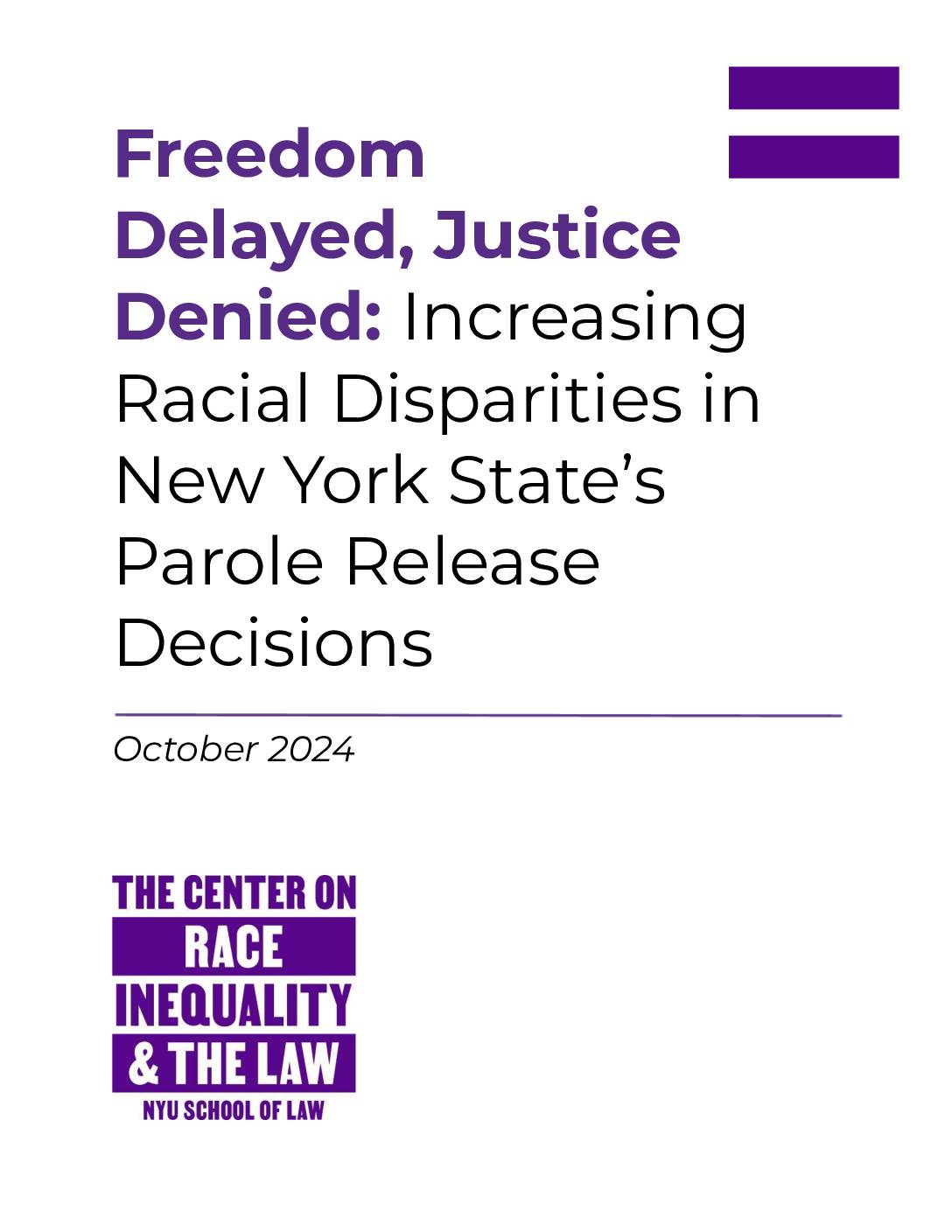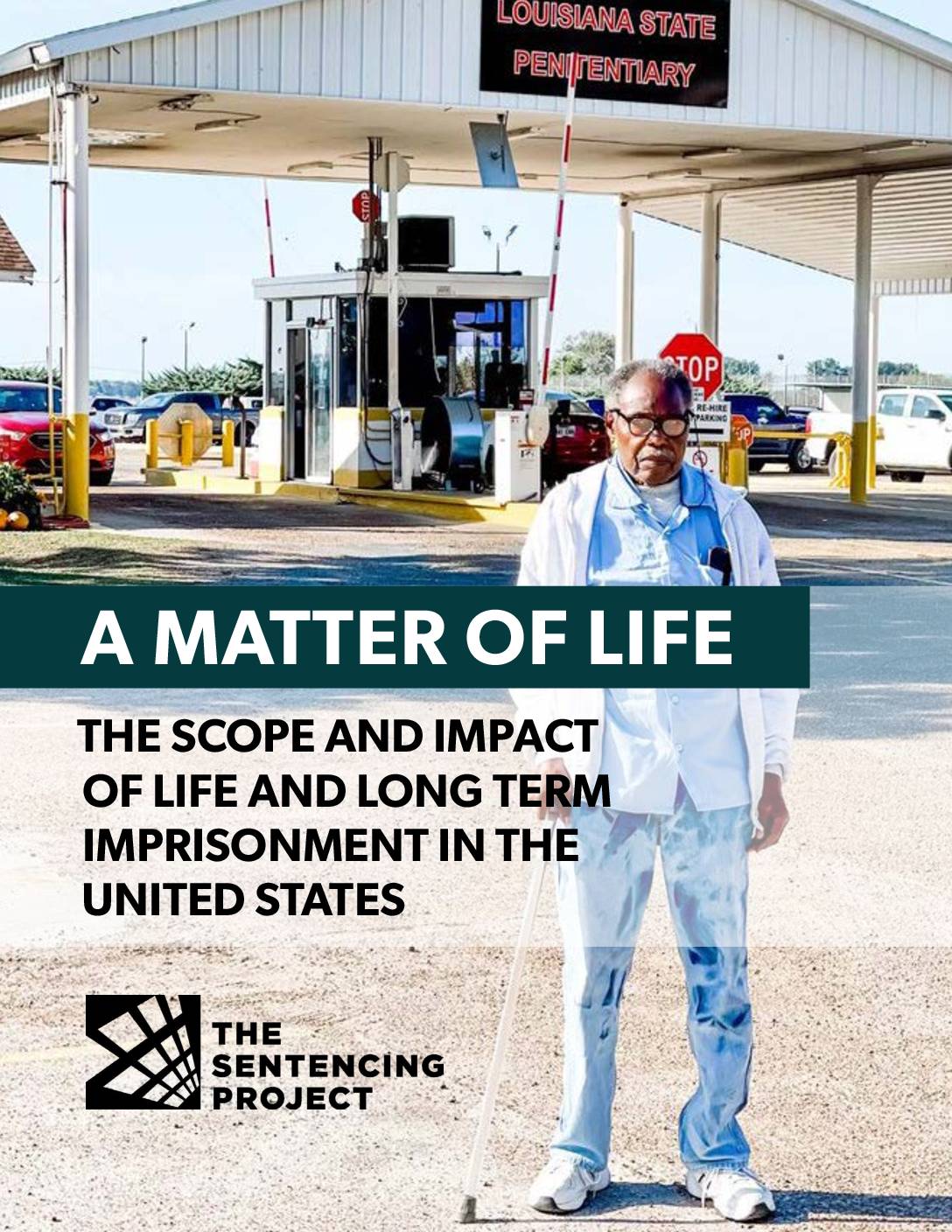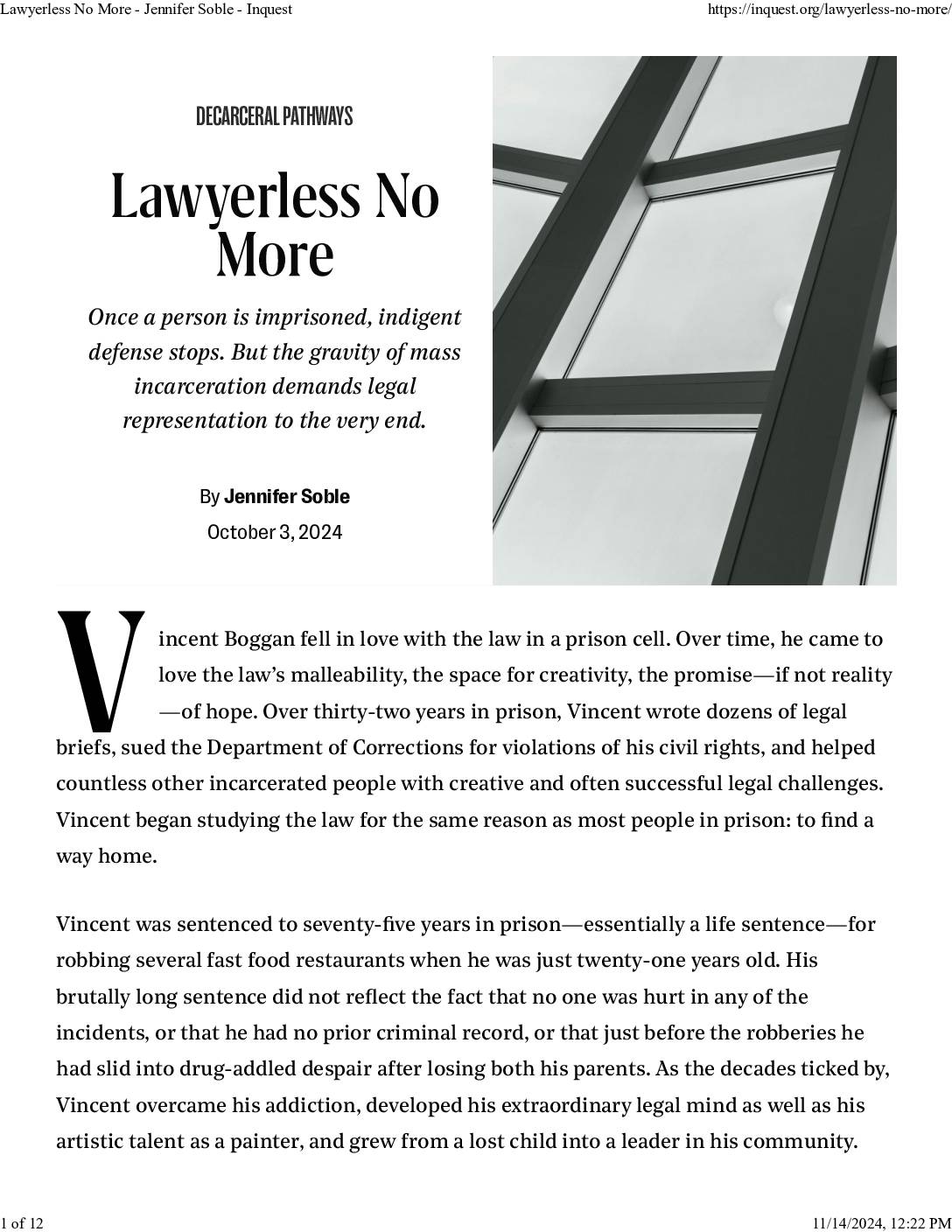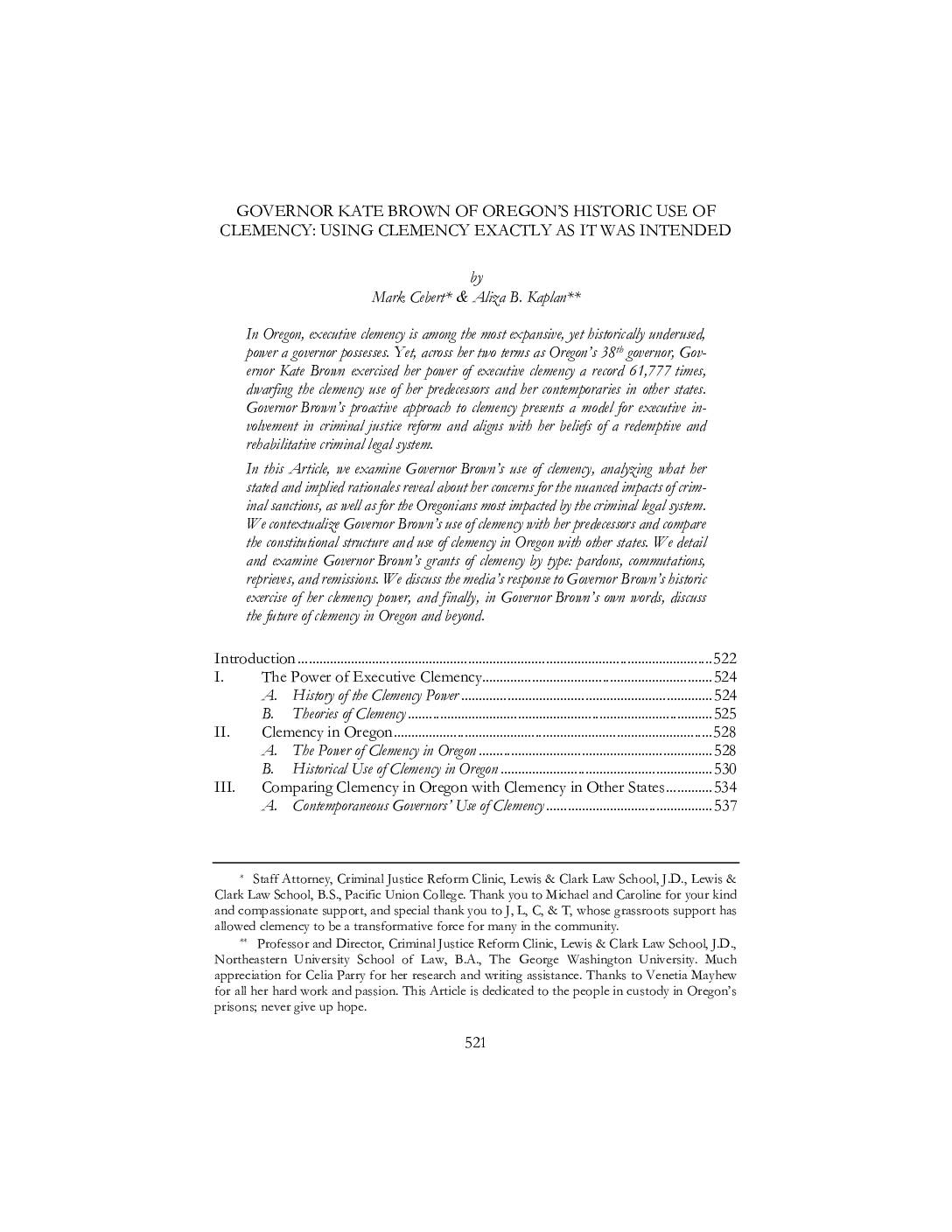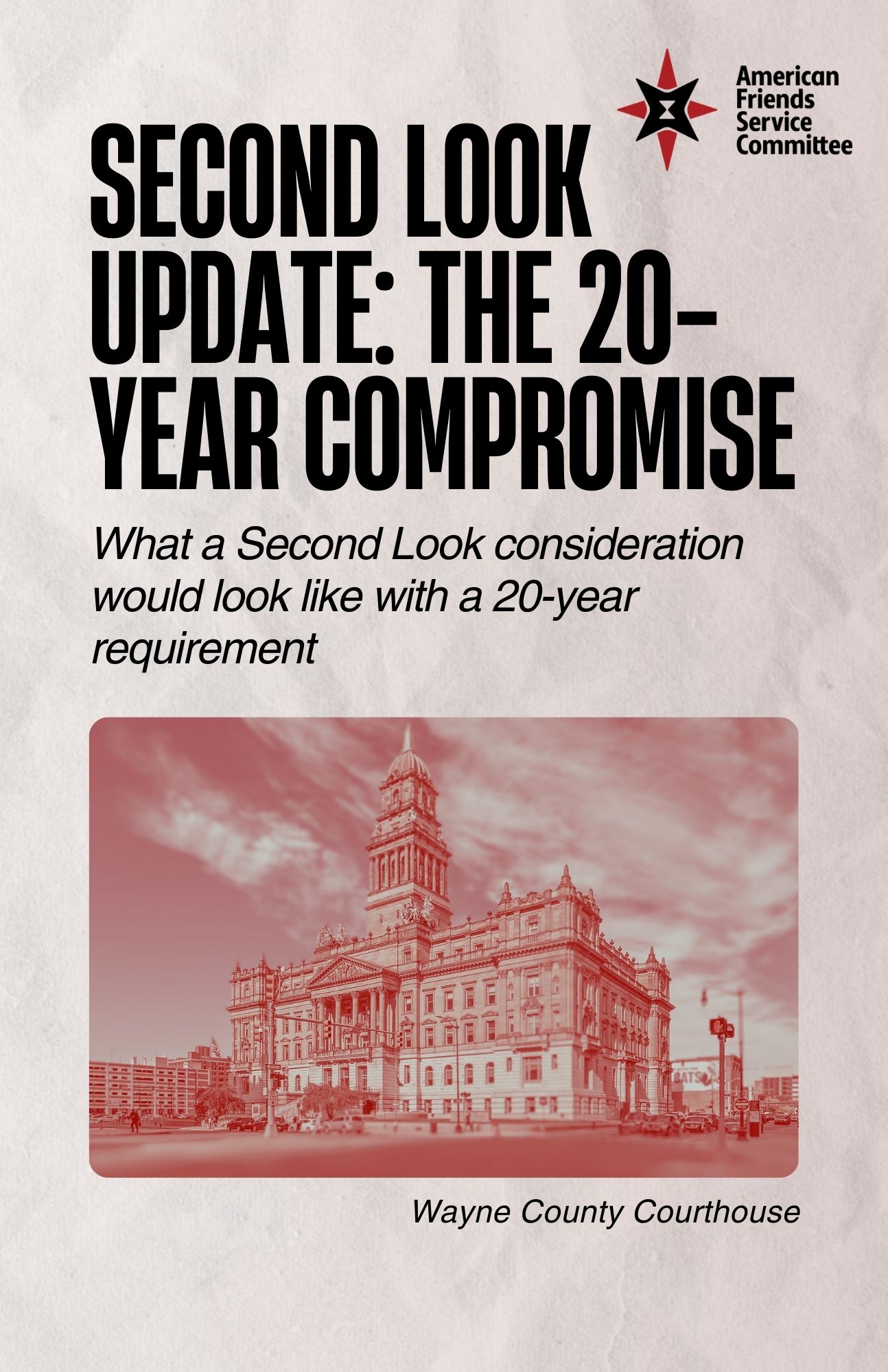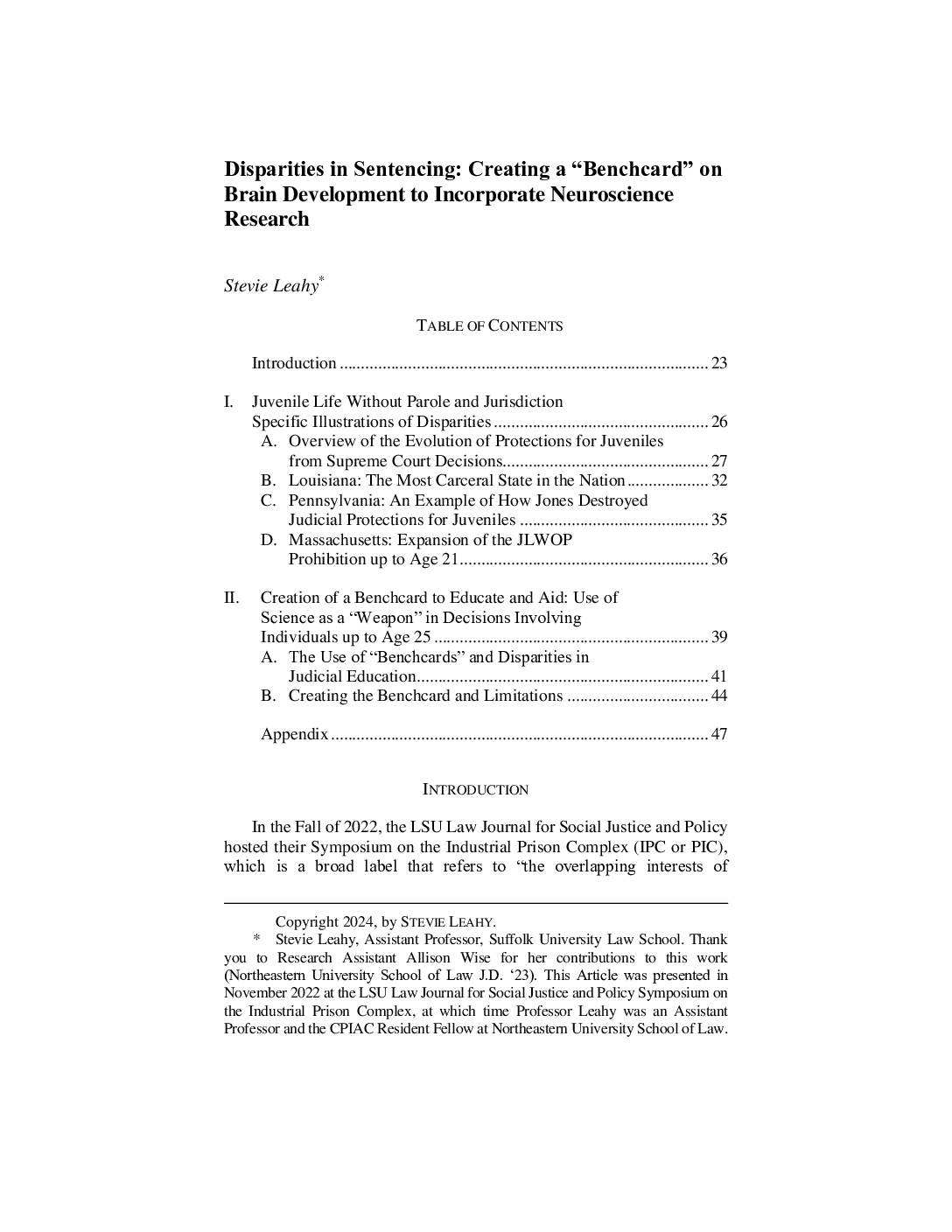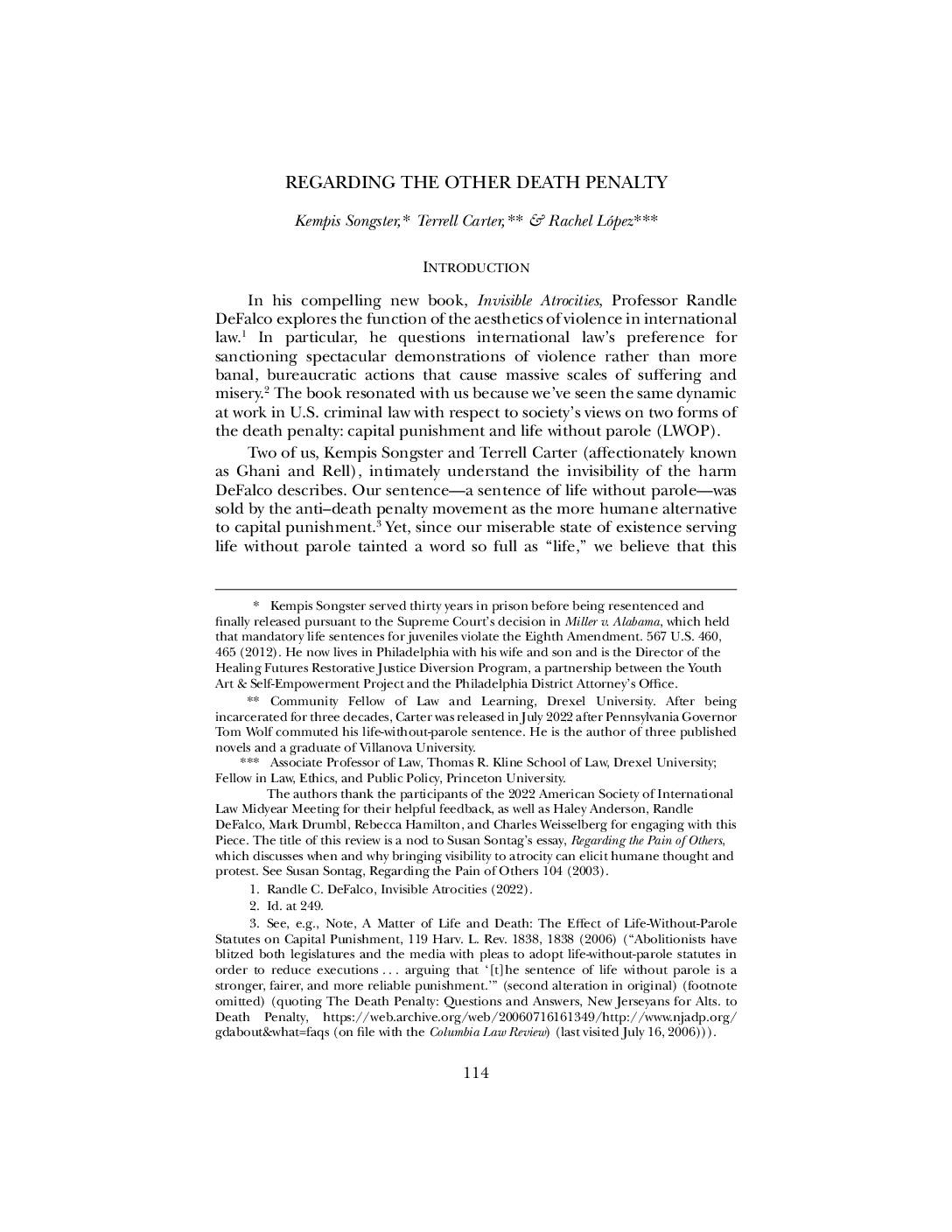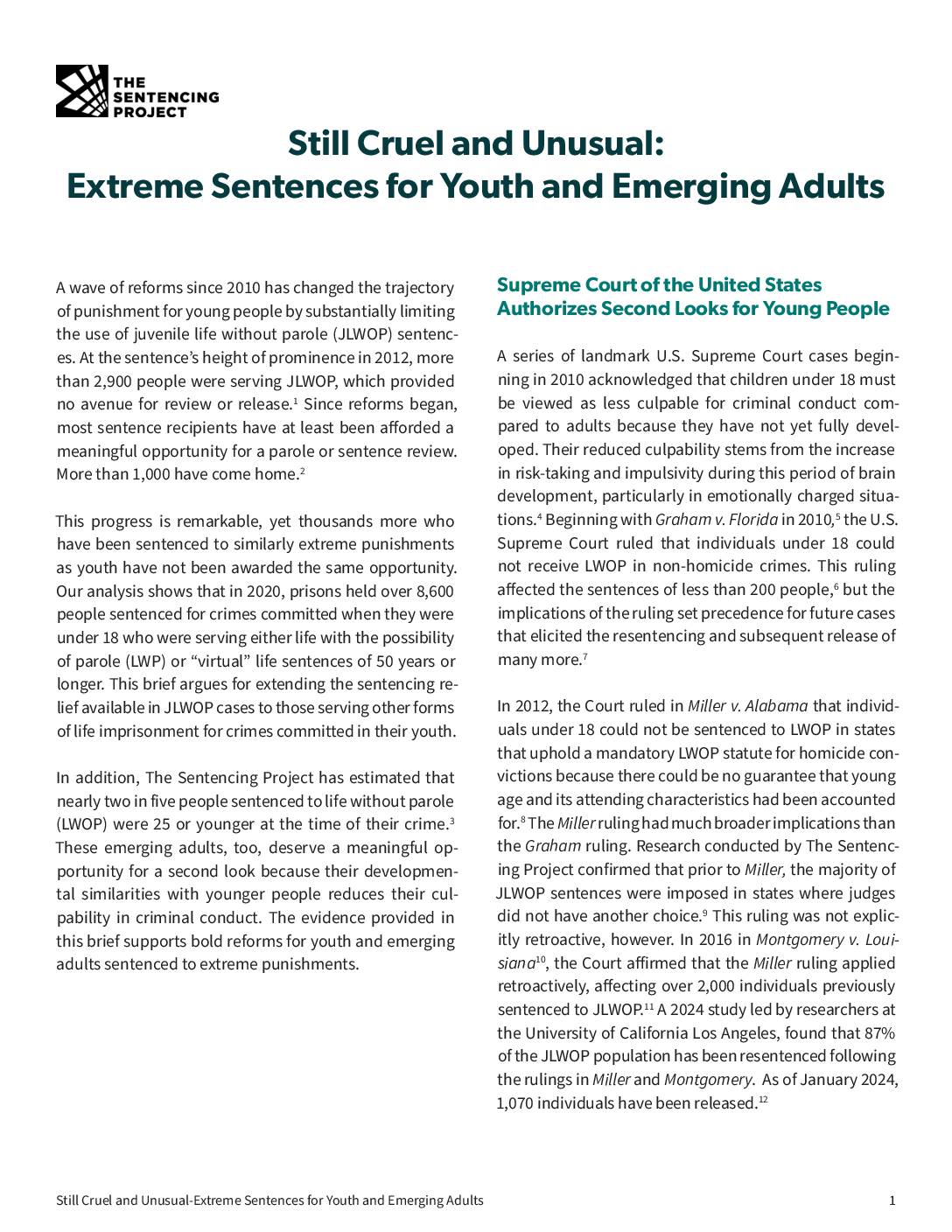PDF Freedom Delayed, Justice Denied: Increasing Racial Disparities in New York State’s Parole Release Decisions
This report is based on data on release rates by New York State’s Parole Board, which was
obtained by the Vera Institute of Justice. In short, the report finds that the vast racial
disparities in parole release rates have only worsened in recent years. The last three years of
data, 2022 through June 2024, show the widest gap in release rate racial disparities
since this data began to be collected in 2016. Not coincidentally, this three year
period coincides with Governor Hochul’s time in office. From 2022 to 2024, the Parole
Board was 32.28% less likely to release a person of color than a white person. This level of
racial disparity in the last three years is 71.65% worse than the already existing racial disparities
of the previous six years. If people of color had been released at the same rates as white
people, just since 2022 there would have been over 1,300 more grants of parole release for
people of color than the actual number of releases of people of color. Each person of color
denied release because of these racial disparities is a person who remained incarcerated in a
New York prison rather than being at home with their family and community. This report
recommends amending the statute governing parole determinations (Executive Law 259-i),
as well as the statute governing the powers of the Parole Board (Executive Law 259-c), to
help ensure all people in prison receive meaningful opportunities to demonstrate their
rehabilitation and be fairly considered for release.


